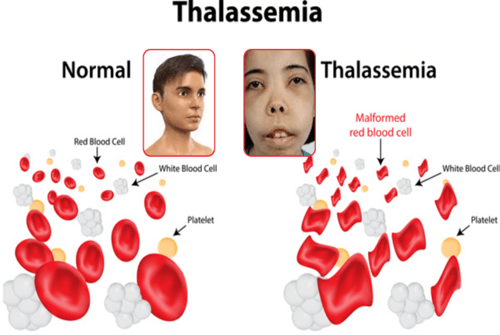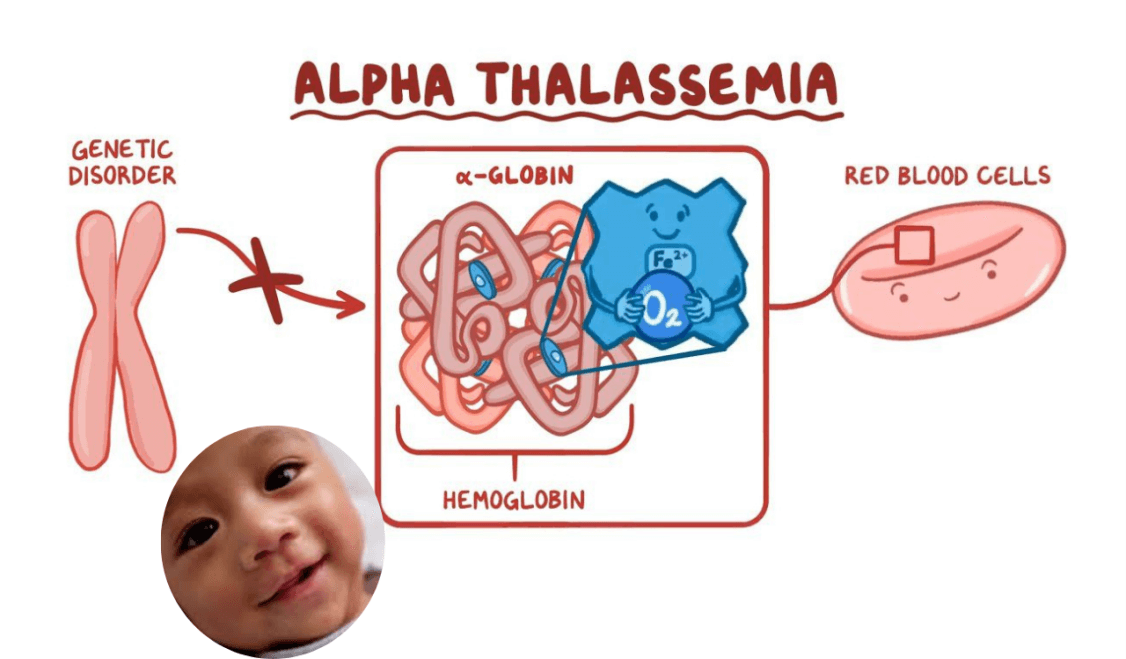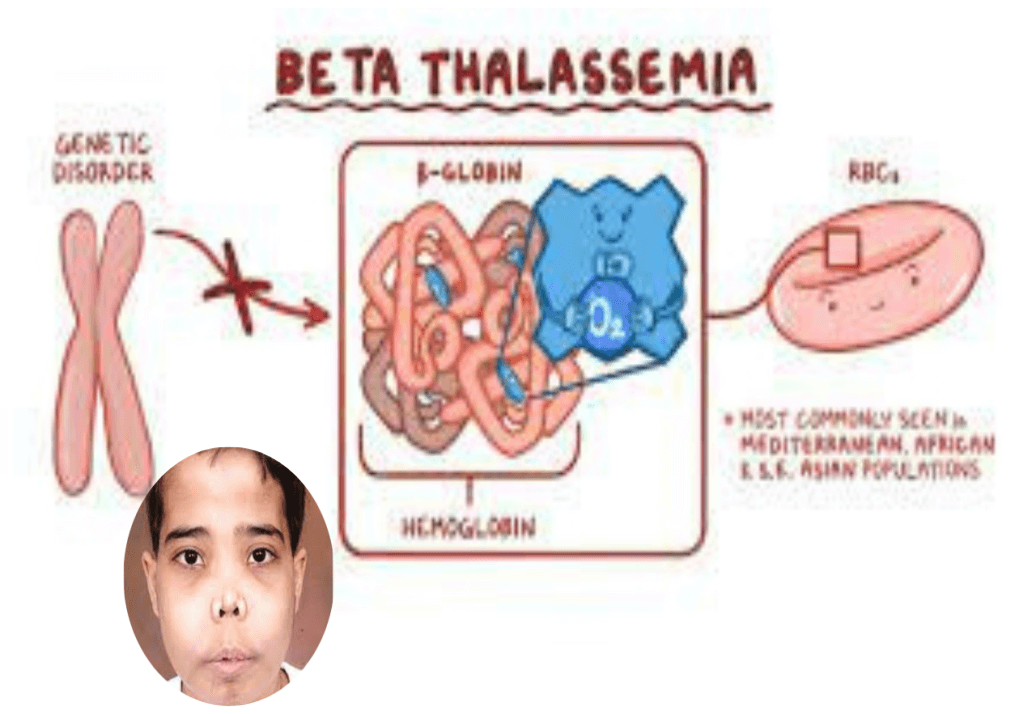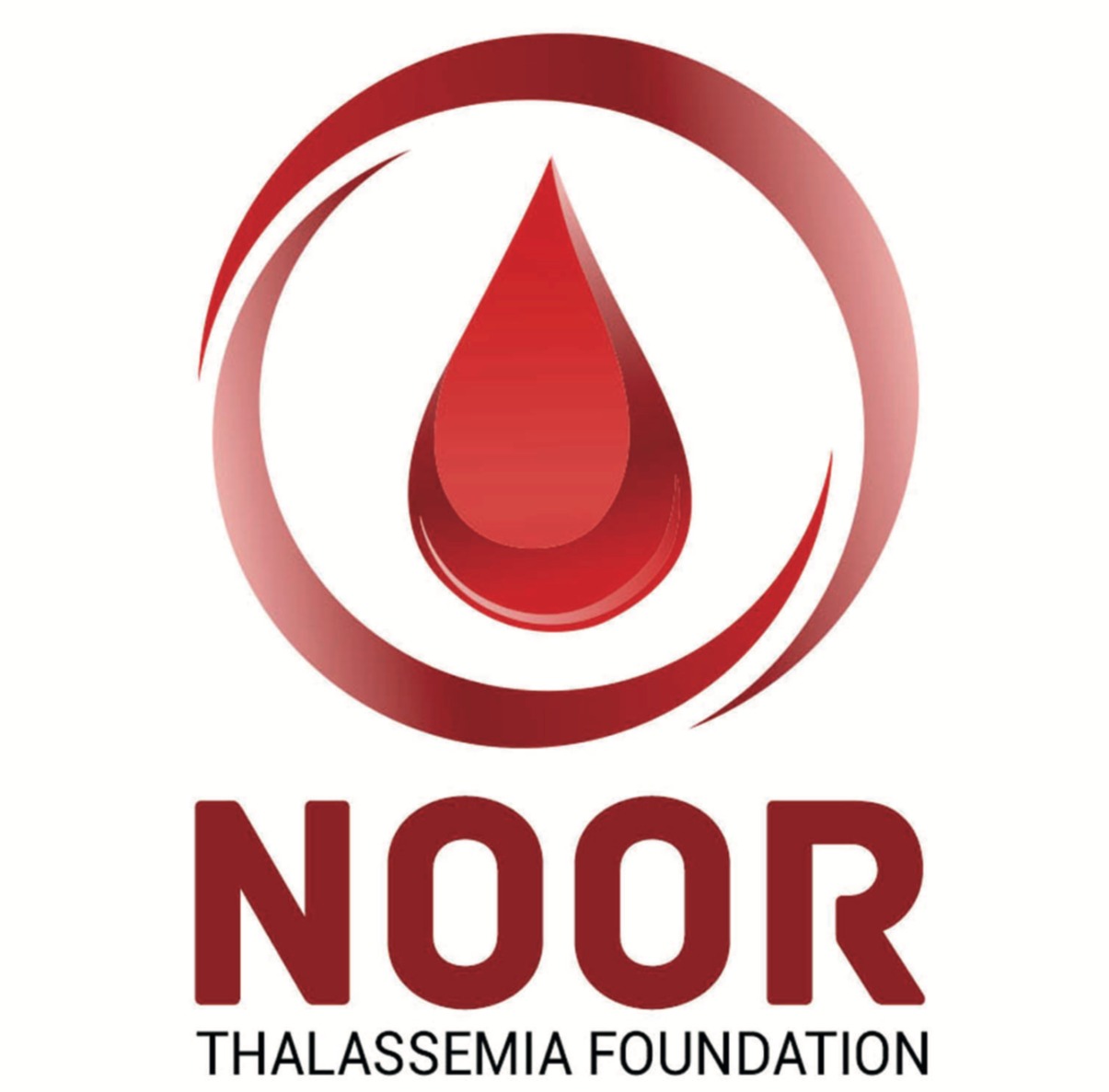A hereditary condition known as thalassemia is brought on by anomalies in the genes that control the synthesis of haemoglobin. Alpha and beta globin chains comprise the two globin forms found in haemoglobin. The quantity and generation of affected globin chains determine how severe thalassemia is. When a person has thalassemia, their haemoglobin may be low or abnormal, which can cause several health issues.

Types of Thalassemia: There are two main forms of thalassemia depending on the globin chains that are affected:
Alpha Thalassemia: Alpha thalassemia occurs when there are issues with the production of alpha globin chains. It has four sub-types:
- Alpha Thalassemia Silent Carrier
- Alpha Thalassemia Trait
- Haemoglobin H Disease
- Hydrops fetalis (the most severe form)

Beta ThalassemiaBeta thalassemia results from mutations in beta globin chain production and has three subtypes:
- Beta Thalassemia Minor
- Beta Thalassemia Intermedia
- Beta Thalassemia Major (also known as Cooley's Anemia, the most severe form)

Conclusion:
Understanding thalassemia, its types, symptoms, and treatment options is crucial in effectively managing this inherited blood disorder. Routine medical care, appropriate therapy, and emotional support can considerably enhance the quality of life for those with thalassemia. Strategies for early identification and prevention are crucial to lowering the impact of thalassemia on affected families and communities. If you or your loved ones suspect thalassemia, seek medical advice promptly and consult one of the best treatment hospitals for specialized care.
 +042 111 666 783
+042 111 666 783